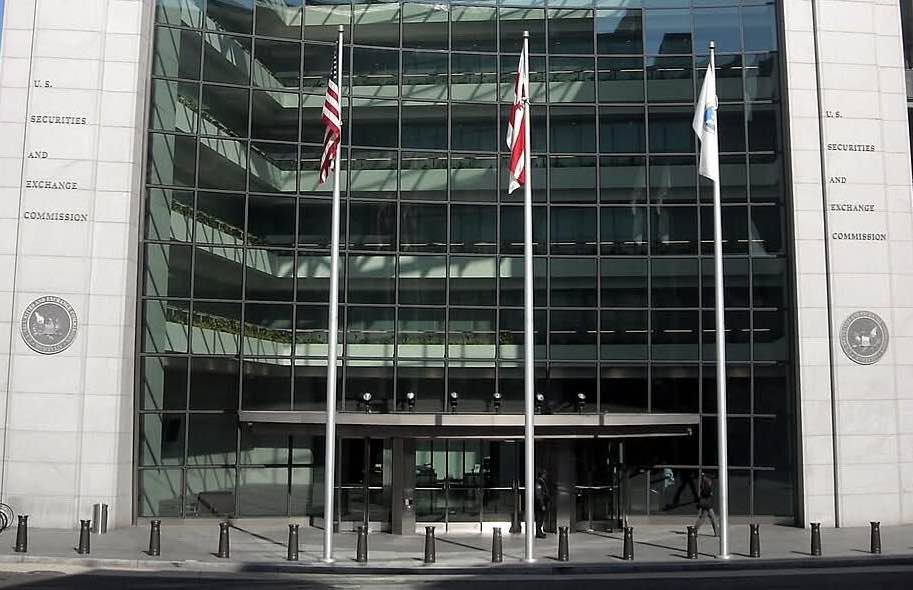Bitcoin’s recent performance highlights a sharp decoupling from both traditional risk-on and safe-haven assets. Over the past week, Bitcoin’s price dropped 2.09%, according to CoinGecko, while gold surged 4.85% and the Nasdaq 100 gained 1.34%. This divergence suggests Bitcoin may no longer be behaving strictly as a risk asset or a store of value.
For most of the year, Bitcoin maintained a strong correlation with the Nasdaq 100. Both assets rose following comments from Federal Reserve Chair Jerome Powell hinting at a possible interest rate cut and the end of Quantitative Tightening. However, beginning October 15, the relationship broke down—Bitcoin plunged 3.71% while the Nasdaq ended the week slightly higher.
On-chain analysts attribute this decoupling to the October 10 crypto crash, which triggered over $19 billion in liquidations and heightened market fear. Data from CryptoQuant’s TeddyVision revealed declining USDC inflows to spot exchanges—used for direct asset purchases—while USDT inflows to derivatives exchanges rose, indicating increased speculative leverage rather than organic demand. When that leverage unwound, Bitcoin’s price collapsed, even as traditional markets stabilized.
Analysts suggest recent Bitcoin rallies were driven more by synthetic demand linked to derivatives and ETFs than by genuine spot buying. With speculative momentum wiped out, Bitcoin failed to mirror the Nasdaq’s rebound.
Still, optimism persists. Bitcoin briefly recovered above $108,000 amid easing US-China tensions, following President Trump’s remarks downplaying the sustainability of high tariffs. Upcoming talks between U.S. Treasury Secretary Scott Besent and China’s Vice Premier He Lifeng could influence market sentiment ahead of the APEC summit on October 31.
Despite Bitcoin’s weakness, altcoins outperformed—Ethereum rose 5.96% and Solana jumped 7.12%—reflecting resilient investor confidence as traders await key economic indicators including CPI, PMI, and inflation expectations later this week.

























Comment 0